Star of Bethlehem flower , also known as Ornithogalum umbellatum , are a beautiful and alone addition to any garden or floral transcription . These perennial plants are native to Europe , but can now be found grow in many voice of the creation . The name “ Star of Bethlehem ” comes from the shape of the flowers , which resemble a mavin with six pointed petals .
One of the most spectacular features of the Star of Bethlehem flower is its double-dyed white-hot colouring . The flower petal are tenacious and minute , and the flower itself can grow up to 12 column inch marvelous . In plus to their beaut , these prime are also known for their sweet perfume , which can fill a way or garden with a delightful scent .
Star of Bethlehem flowers have been used for a diversity of purposes throughout history . In traditional medicine , the bulb of the plant were used to treat a range of ill , let in respiratory issues and digestive problems . Today , the flowers are principally used for decorative purposes , but their historical significance and medicinal properties make them a enthralling topic for further geographic expedition .
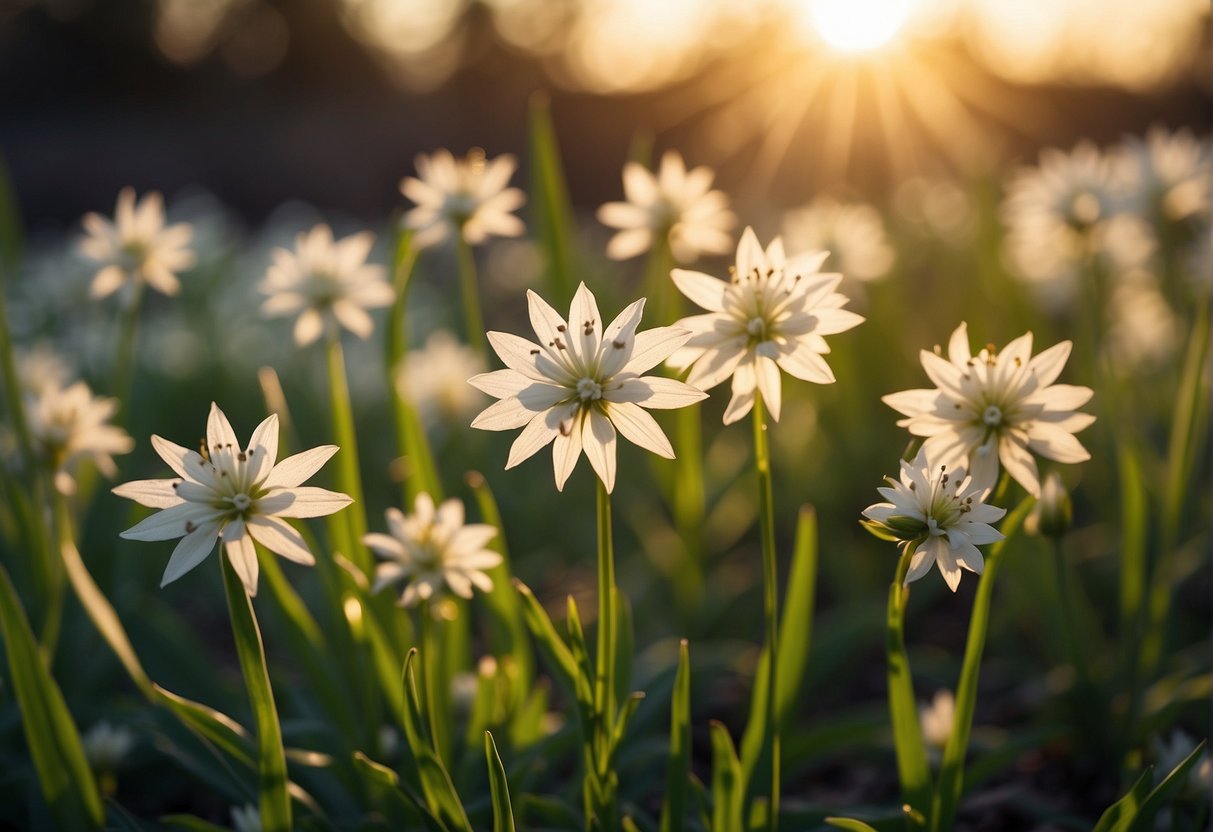
Understanding Star of Bethlehem
Star of Bethlehem , also known as Ornithogalum umbellatum , is a beautiful flowering plant that belongs to the Asparagaceae family . It is a perennial herbaceous plant that uprise from a medulla oblongata and produce delicate white flowers with a green banding down the centre .
Botanical Profile
The star of Bethlehem plant typically grows to a summit of 12 - 18 inches and spreads to a width of 6 - 12 inch . The flower bloom in the outpouring and have a seraphic fragrance that attracts bees and other pollinator . The plant command full sun to partial tone and well - draining soil to flourish .
Cultural Significance
The star of Bethlehem prime has a copious cultural significance in many part of the world . It is trust to symbolise purity , innocence , and hope . In Christianity , the blossom is associated with the birth of Jesus Christ and is often used as a medal during Christmas .
The vulgar name of the plant is derived from the star - shaped show of its blossom . It is also eff by other common names such as nap - at - noon , eleven - o’clock lady , and snowdrop . The plant life is aboriginal to Europe and has been naturalized in many other persona of the world .
In conclusion , the star of Bethlehem is a beautiful and culturally significant flora that adds a cutaneous senses of elegance to any garden . Its delicate blossom and odorous scent make it a pop choice for both indoor and outdoor decoration .
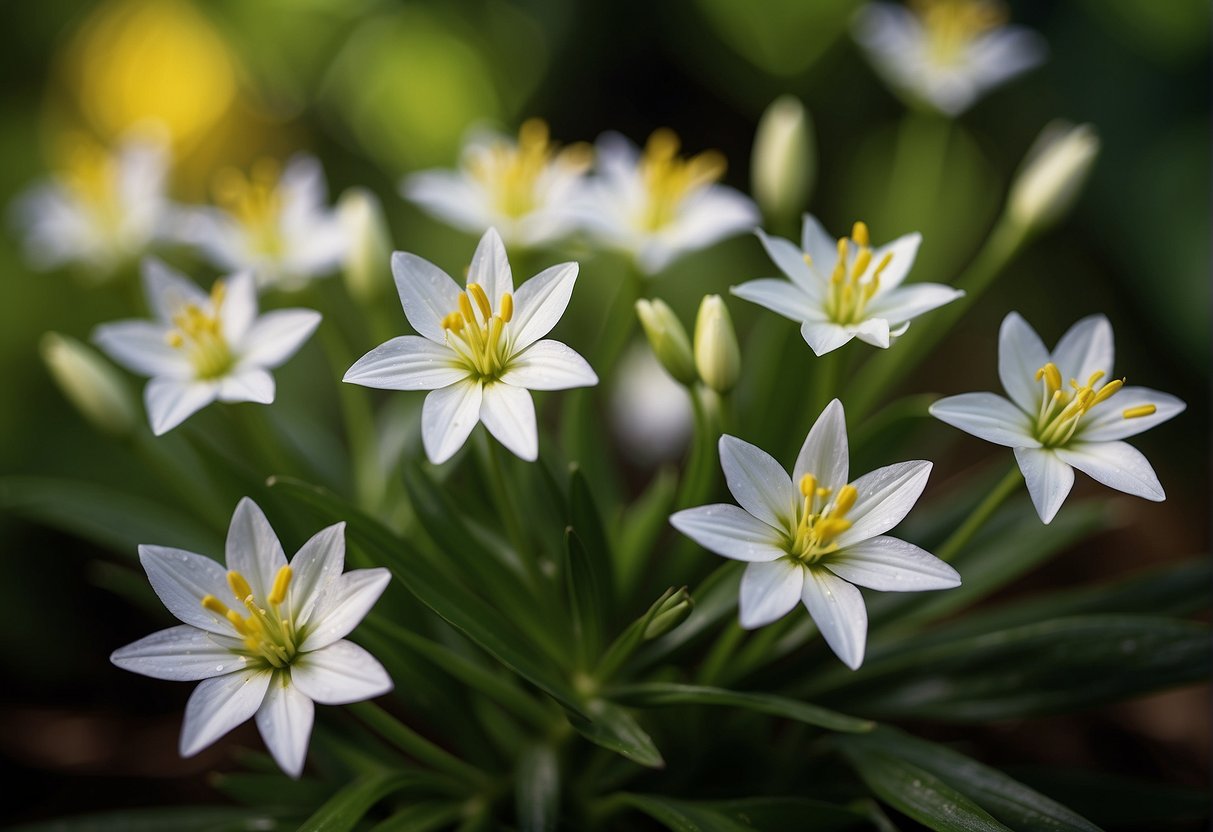
Planting and Growing Conditions
Soil Preferences
Star of Bethlehem flowers flourish in well - draining soil that is rich in organic issue . They prefer a more or less acidic grime with a pH level between 6.0 and 7.5 . If the ground is too alkaline , the flowers may not spring up well . It is best to meliorate the soil with compost or peat moss before imbed to amend the soil timber .
Light Requirements
Star of Bethlehem flowers prefer full Sunday to partial shade . They can tolerate some shade , but they will not bloom as well . The flowers expect at least six hour of direct sunlight per daylight to turn and bloom right .
Planting Tips
Star of Bethlehem flowers can be planted in the spring or summertime . They can be develop from bulbs or seminal fluid . If planting light bulb , they should be implant in the fall for bounce blooms . When plant , the bulbs should be engraft 2 - 3 in deep and space 3 - 4 inches apart .
If planting in the summertime , seeds can be sow in forthwith into the soil . The filth should be kept dampish until the seeds germinate .
Star of Bethlehem efflorescence are stout in USDA zone 3 and above . They can tolerate cold temperature and are drought - liberal once established . It is important to mention that the flowers can become invasive if not managed properly . consider deadhead the flowers after blooming to preclude self - seeding .
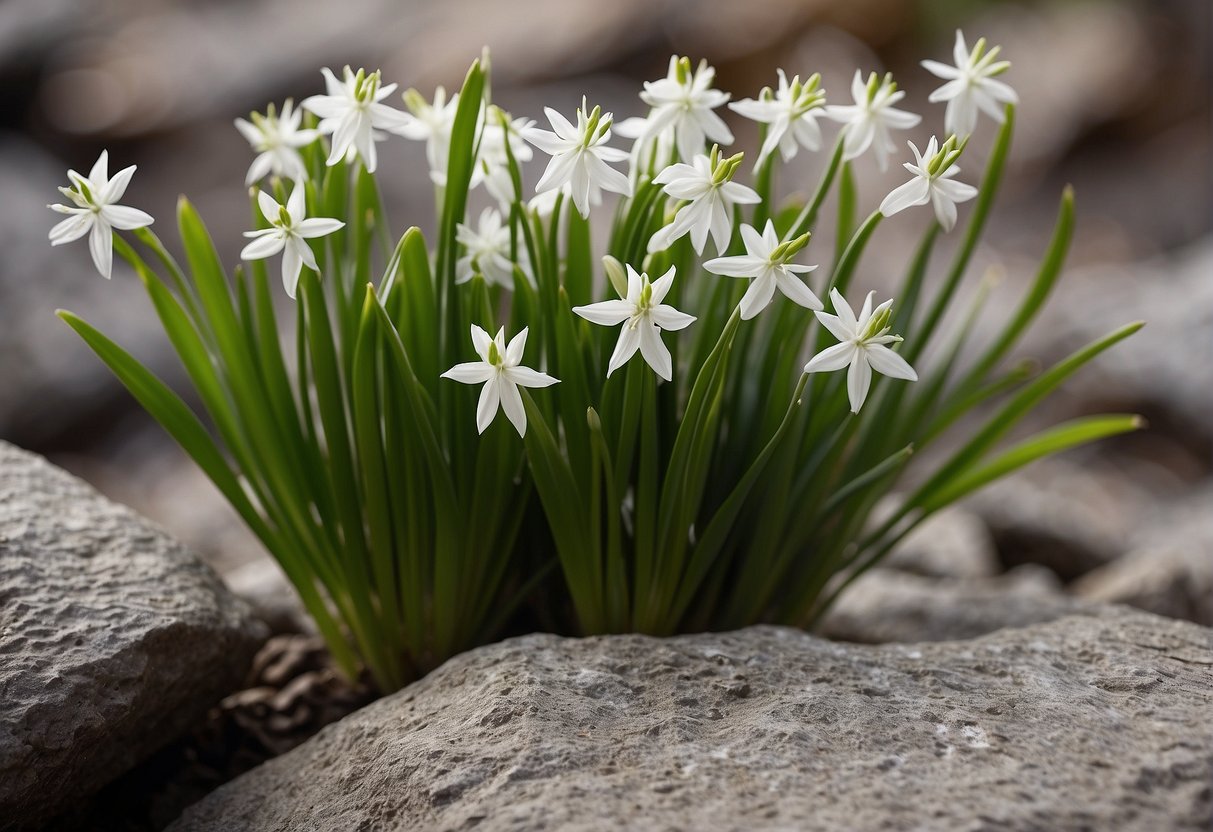
In summary , plant and develop Star of Bethlehem flower is comparatively easy as long as the soil is well - draining and they receive enough sun . With proper precaution , these flowers can add together a beautiful touch to any garden .
Care and Maintenance
Star of Bethlehem bloom are relatively easy to like for and maintain . With proper maintenance , they can flower beautifully yr after class . In this section , we will extend some essential tending and maintenance tips for these endearing flower .
Watering and Fertilizing
Star of Bethlehem bloom prefer well - drain soil and restrained lacrimation . They do not expect frequent watering , and overwatering can cause root rot . It is good to water them deeply once a workweek , particularly during red-hot and dry weather .
Fertilizing is not necessary for these blossom , but it can help encourage healthy emergence and blooming . It is recommend to use a balanced fertilizer once a calendar month during the develop season . Be careful not to over - fertilize , as it can top to excessive foliage growth and few blossom .
Pruning and Deadheading
Pruning and deadheading are all important to keep wizard of Bethlehem flower healthy and blinking . Deadheading , which is the removal of spent blooming , encourages the industrial plant to grow more flowers . It is best to deadhead on a regular basis during the blooming season .
Pruning should be done in other spring before unexampled growth appears . it’s advised to cut back the stems to about 6 inch above the ground . This will help promote healthy ontogenesis and bloom .
Overwintering and Propagation
Star of Bethlehem flowers are hardy and can go winter in most area . However , they may benefit from a layer of mulch to protect the theme from freezing temperature .
Propagation can be done by divide the bulbs in former fountain or free fall . It is serious to split them every three to four years to advance healthy maturation and bloom .
In summary , star of Bethlehem flowers are relatively low alimony and easy to care for . With right watering , fertilizing , pruning , and deadheading , they can blossom beautifully year after year .
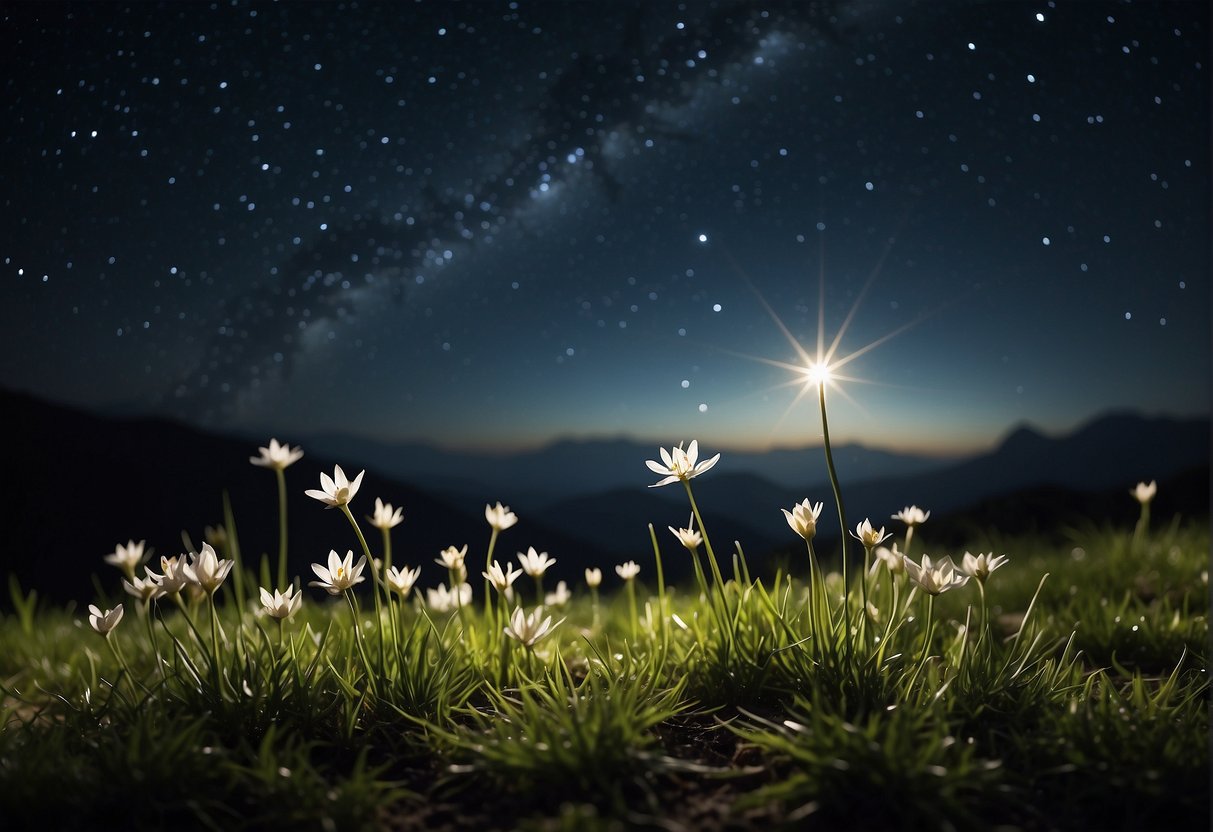
Potential Challenges
Star of Bethlehem blossom may present a few potential challenges to gardeners and landscapers . These challenge include their invading nature , susceptibility to pests and diseases , and toxicity concerns .
Invasive Nature and Control
Star of Bethlehem blossom can be invading and form dense thump that can crowd out other plants . They can also spread speedily through ego - seeding and bulb offsets . To control their spread head , gardener should take any seedlings and medulla offsets as soon as they come along . Hand - pulling or digging up the plants can also be good , but care must be taken to remove all bulbs and bulb fragments to prevent regrowth .
Pests and Diseases
Star of Bethlehem flowers are susceptible to a few pests and diseases , including spider mites , aphids , and fungous diseases such as leafage dapple and root guff . To foreclose infestation , gardener should keep the industrial plant healthy and well - watered , and remove any infected plant material . In terrible case , chemical substance control may be necessary , but gardeners should always keep an eye on recording label instructions and use pesticide responsibly .
Toxicity Concerns
Star of Bethlehem flowers curb cardenolides , which are toxic to humans and animals if ingested . They can induce symptoms such as nausea , vomiting , and diarrhea , and in grave face , cardiac arrest . Gardeners should always wear gloves when handling the plants and bulbs , and debar planting them in country where kid or pets may come into contact with them . If take , try medical attention immediately .
In summary , while star of Bethlehem flush can be a beautiful addition to a garden or landscape , they do present a few likely challenges . Gardeners should be cognisant of their invasive nature , susceptibility to pests and diseases , and toxicity business , and take appropriate measures to control their paste and protect themselves and others .
Star of Bethlehem in Landscape Design
Star of Bethlehem ( Ornithogalum ) is a beautiful plant that can total a touch of elegance to any landscape design . This plant life is known for its lead - shaped efflorescence , which are usually white in gloss . It can be used in a variety of elbow room , admit in garden , container , and as a fellow traveler plant .
Garden and Container Use
Star of Bethlehem is a versatile works that can be used in both gardens and containers . In gardens , it can be planted in partial shadowiness or full sunshine depending on the climate . It is also suitable for pot and container , making it a keen option for those who have limited place .
When planting Star of Bethlehem in a garden , it is important to ensure that the grunge is well - drained . The flora opt moist soil , but it can be prostrate to rootle putrefaction if the soil is too sloshed . It is also important to provide the plant with passable sunlight to see that it flower properly .
Companion Planting
Star of Bethlehem can also be used as a companion plant life . It is know to attractbeneficial insects , such as bee and butterflies , which can help to pollenate other plants in the garden . Additionally , it can help to deter pests , such as aphids , from other plant in the garden .
When using Star of Bethlehem as a companion flora , it is important to ensure that it is planted near other plants that have similar visible radiation and moisture requirements . This will help to ensure that all of the plants in the garden thrive .
In conclusion , Star of Bethlehem is a beautiful plant that can be used in a variety of way in landscape design . Whether it is planted in a garden or used as a companion works , it is certain to add a touch of elegance to any outdoor space .
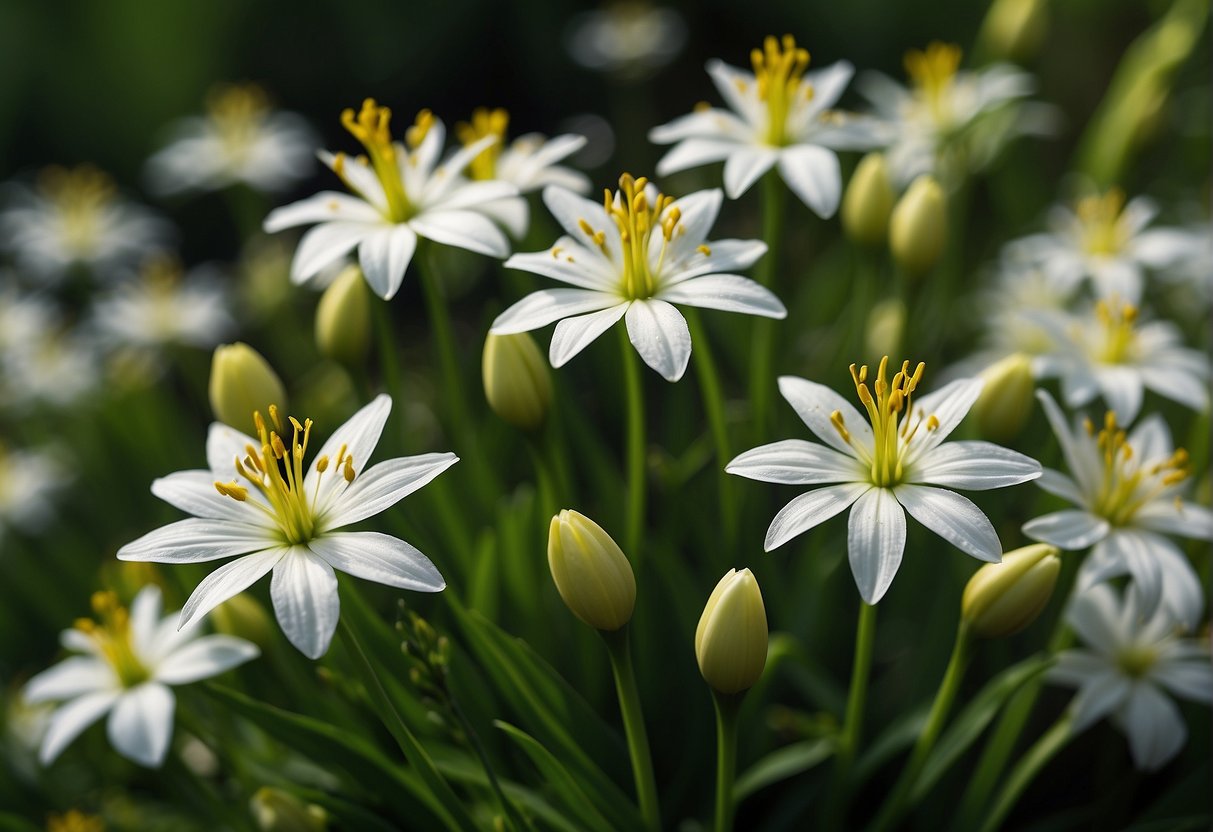
Frequently Asked Questions
Are Star of Bethlehem flowers toxic to humans and pets?
Yes , Star of Bethlehem flowers are toxic to humans and pets . They contain lycorine , a toxic alkaloid that can induce vomiting , looseness of the bowels , and even seizure . It is of import to keep these flowers out of reach of children and darling .
What is the symbolism behind Star of Bethlehem flowers?
Star of Bethlehem flowers are often associated with innocence , innocence , and Bob Hope . They are oftentimes used in spiritual ceremonial and are enjoin to represent the Star of Bethlehem that guided the three fresh man to the birthplace of Jesus .
Can you eat Star of Bethlehem flowers, and are they safe for consumption?
No , Star of Bethlehem bloom are not dependable for consumption . As mentioned earlier , they contain lycorine , which can be toxic if ingest .
How can you differentiate Star of Bethlehem flowers from similar species?
Star of Bethlehem flowers are characterized by their six white petals and bright yellow stamens . They are also known for their distinctive star - like pattern , which is where they get their name . It is important to observe that there are several other species that resemble Star of Bethlehem flowers , so it is good to confab a field templet or expert if you are unsure .
What are the best practices for growing and caring for Star of Bethlehem flowers?
Star of Bethlehem flowers prefer well - drain stain and full Lord’s Day to partial tincture environments . They are comparatively low - maintenance and do not require much watering or fertilization . However , they can be incursive and should be monitor close if plant in a garden .
Do Star of Bethlehem flowers prefer full sun, partial shade, or full shade environments?
Star of Bethlehem blossom prefer full sunshine to fond shade environment . They can tolerate some shadiness , but too much spectre can have them to become long-shanked and imperfect . It is best to implant them in a location that find at least six minute of verbatim sun per 24-hour interval .